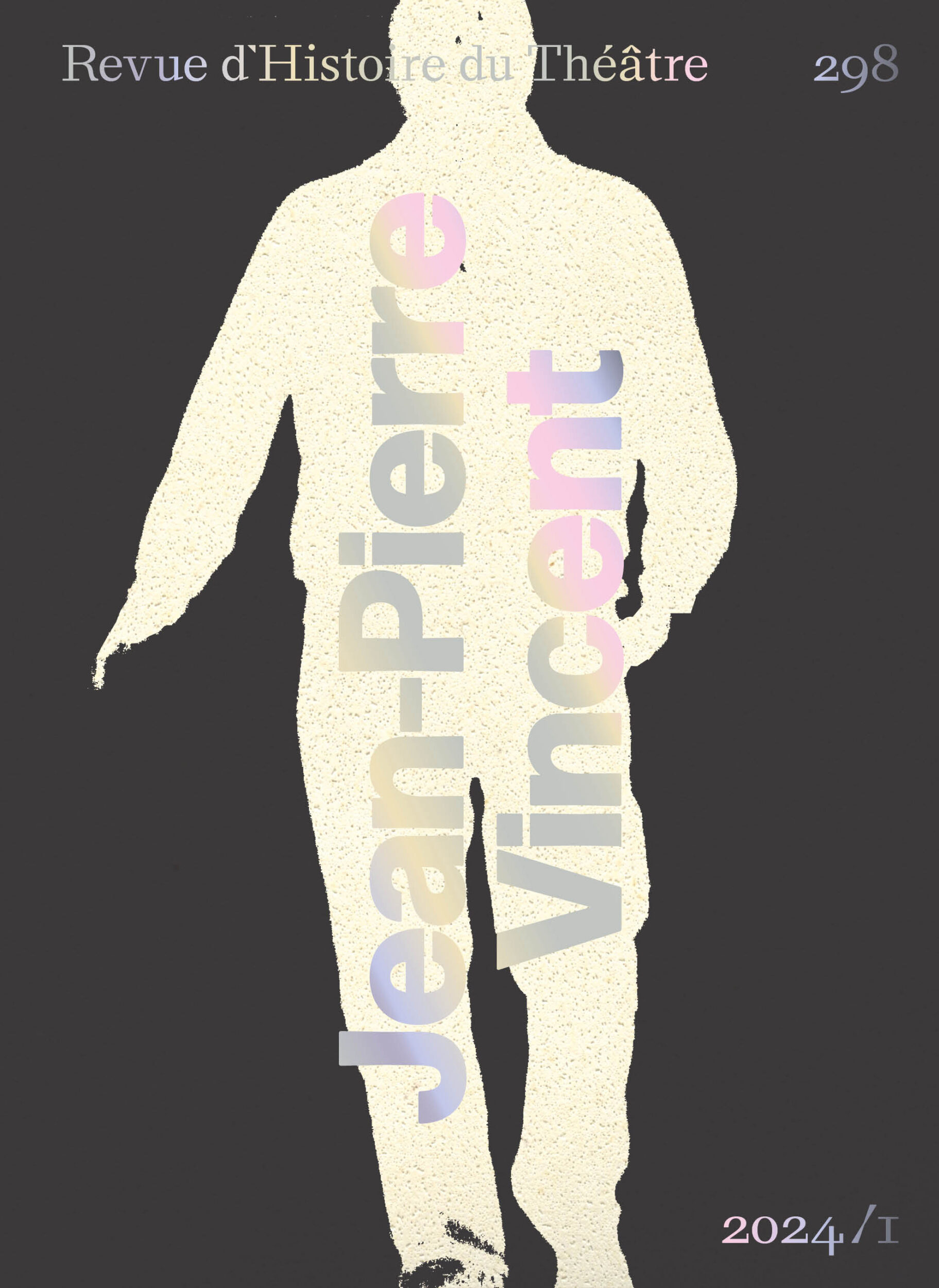Revue d’Histoire du Théâtre • N°257 T1 2013
D’un théâtre romantique fantastique : réflexions sur une trop visible absence
Par Olivier Bara
Résumé
On oublie souvent combien la veine fantastique, venue d’Angleterre, d’Allemagne ou de Pologne, a nourri la création théâtrale romantique française, de Nodier et Gautier à Dumas et Nerval. Dans son Essai sur le drame fantastique, George Sand invitait en 1839 à forger dans le théâtre contemporain un nouveau langage et une forme nouvelle, susceptibles de révéler des drames inconnus que l’œil ordinairement ne voit pas. Il s’agit de susciter, dans le texte théâtral et sur la scène, par les moyens littéraires, plastiques, gestuels, musicaux, des visions de mondes inconnus, d’univers intérieurs ou supra-naturels. Faire vaciller la raison par un spectacle inquiétant : tel est l’enjeu pour une partie des pièces romantiques, hésitant entre le « fantastique » et le « merveilleux », entre la source goethéenne et le modèle féerique, soumis aux contraintes matérielles de la scène, mais engagé dans la saisie totalisante du « réel ».
Abstract :
One often forgets how much the aesthetic of the fantastic, imported from England, Germany or Poland, nourished the creation of French romantic dramas by authors ranging from Nodier and Gautier to Dumas and Nerval. In her essay On Fantastic Drama, George Sand invited authors in 1839 to fashion a new language and a new form for contemporary theater that would bring to light the hidden dramas that the eye is ordinarily unable to see. The idea would be to create, in the text as well as on stage, by literary, visual, gestural, and musical means, a vision of unknown worlds, of internal or supra-natural universes. To make reason hesitate in the face of a disconcerting spectacle: that would be the challenge for some romantic dramas, vacillating between the “fantastic” and the “marvelous,” between Gothic sources and the model of fairy-tale magic, necessarily constrained by the material limits of stagecraft, but always engaged in the totalizing project of capturing of “reality.”
Vous n’avez actuellement pas accès au contenu de cet article. Veuillez vous connecter à votre compte, vous abonner à la revue, ou acheter cet article ou ce numéro pour le visualiser dans son intégralité.








